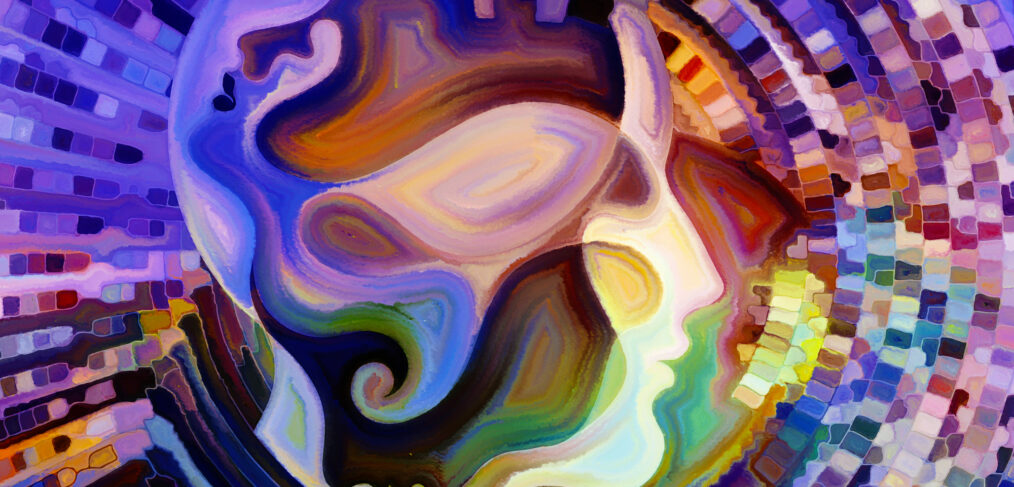
Enhanced Awareness—Seeing Your World More Deeply
The world, even your little slice of it, contains significantly more than you could possibly fathom. As you move through your life, you notice things that your brain has been trained to bring to your conscious level of awareness. Your brain can process an unbelievable 11 million bits of information every second, but our conscious mind can only handle 40 to 50 bits of information a second. The big question is, what gets past the filter and why? You notice things you must so that you stay away from danger and navigate your life, but there are whole worlds that don’t make it into your awareness, and there are elements of those worlds that you would definitely be interested in exploring if you could. So, how can you decide what makes it to the front row of your mind?
Your brain and its filters
The brain has several ways to filter information. One is the reticular activating system (RAS), a bundle of nerves in your brainstem that regulates behavior arousal, consciousness, and motivation. It is responsive to the most prominent neural pathways in the brain and filters out stimuli that aren’t related to those pathways. A widely referenced example is families with newborn babies living near airports. The parents can sleep through the sound of planes flying closely overhead but wake up to the subtle sounds of their baby stirring. The RAS can bring those important sounds into the parents’ consciousness while filtering out the much louder noise from the airplanes.
The brain can also filter specific sensory information. For example, if what you’re doing relies on sight (such as reading), your brain can filter out sound. The information from other senses doesn’t make it to your conscious level of awareness. Specifically, sensory information goes through the basal ganglia, which activates a region of the brain called the thalamic reticular nucleus, which can block that sensory information so that the brain can focus on the sensory input it needs for the task at hand.
Seeing your world more deeply
The way you think about your world has a significant influence on the way your brain perceives the world. Being intentional about what you want to enter your awareness goes a long way toward making that happen unconsciously. Being intentional is essential to having what you want and need be part of your conscious awareness. For example, look at your viewscape right now—it might be anything: a forest, buildings in a city, your front lawn—but whatever you’re looking at, try looking at it again as if it were the first time. Notice the details of what you see and take note of the nuances. Do you see any wildlife? What are the particular colors you notice? Do you perceive anything you haven’t before? You should be able to become aware of a wealth of details that you wouldn’t see if you weren’t intentional about exploring the scene.
Recently, when on a long car ride (and not driving), I was engaged in my long-established habit of mindlessly staring out the window or scrolling on my phone—just killing time, which moved so slowly. But then I tried the exercise above, exploring the scene as it rolled by. A car ride contains a flood of images and landscapes that change over and over during your journey. Take note of wildlife in the trees. Observe who is in the cars alongside you and what they’re doing: irritated lone commuters, a couple talking, frenetic children. Become aware of the changes in the landscape: suburban sprawl, forests, and farmland. The opportunity for observation and reflection is limitless. What was a boring experience to just get through becomes an opportunity for sensory exploration.
Being intentional about your awareness
You’ll see new things automatically once you’ve been intentional about what you notice. The more you think, read, or talk about something, the more you will see that something in your world. Different sensory information and details of your world will get past the filters in your brain. You’ll feel like these new details and images are around you more frequently, but the fact is that you’re just becoming aware of them more regularly. This effect is called the frequency illusion or the Baader–Meinhof phenomenon. Oft cited examples of this include seeing a word you’ve just learned or a model of car that you’re thinking of buying with greater frequency. This phenomenon can consist of anything you intentionally bring to your awareness—an image, an idea, subtle changes in the weather—anything that can enter your consciousness.
Being intentional about what you notice has a wealth of benefits. Among the most obvious is that it will enrich your experiences. You’ll see more deeply into whatever you’re looking at. You’ll hear subtle changes and nuances in your soundscape. All of your senses can seem more keen and powerful. Any element of your awareness that you’re intentional about can be intensified. This effect can also help you notice details of your life that can help you achieve goals. If you visualize your goals and your path toward achieving them, the Baader–Meinhof phenomenon will kick in, and you’ll see opportunities you may not have noticed.
Being intentional about your life will make you aware of what you want and need in your life.
~~~
Artwork by Agsandrew



